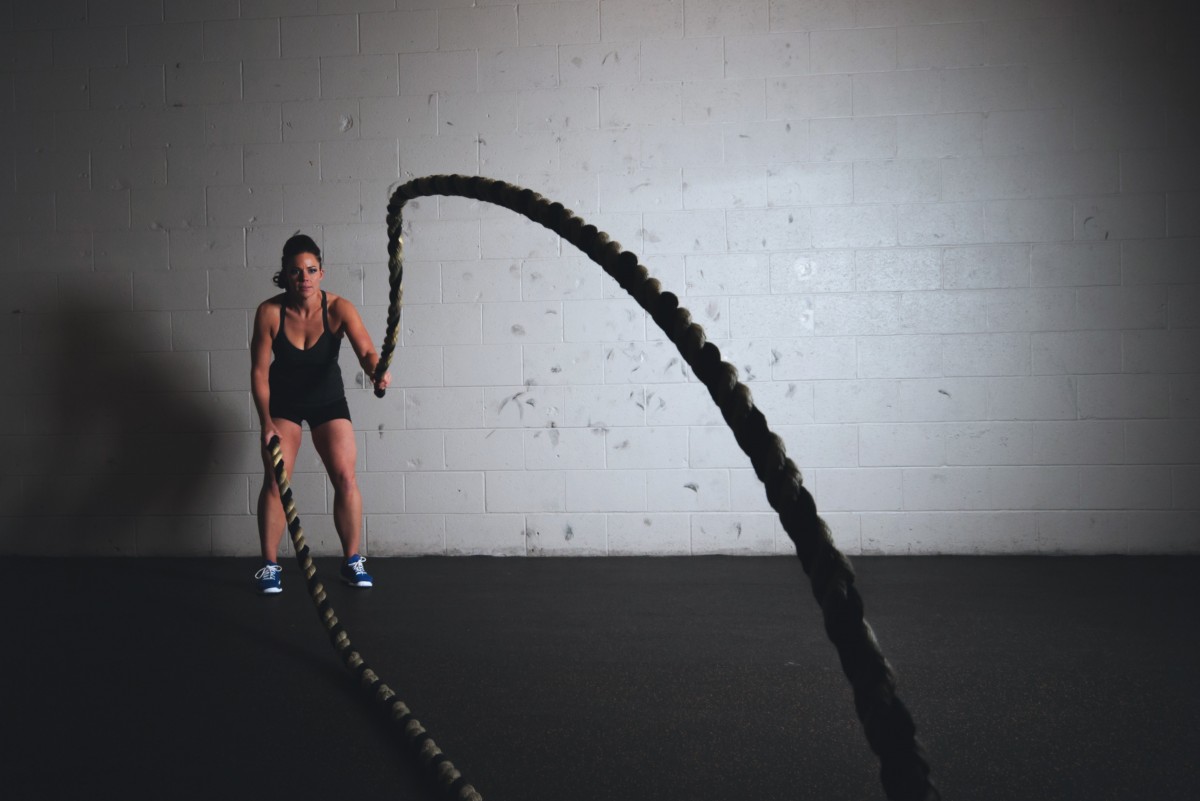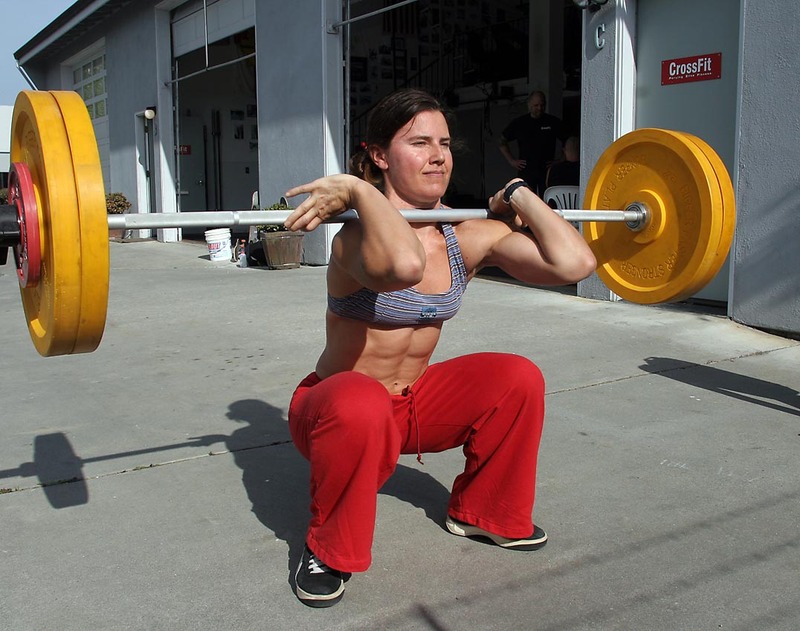Eccentric strength is an important tool for sprinting and jumping. In both instances, it helps to minimize knee flexion as the leg contacts the ground (during sprinting) or when a leg is being used to lever off of (during jumping). Excessive knee flexion will reduce the amount of force that can be exerted against the track and reduce velocity, which will impact performance. In addition, many of the hamstring injuries to individuals that perform sprints are thought to relate back to this idea of eccentric strength, especially in the hamstrings.
Eccentric strength is developed with a combination of methods. First, it’s important to enhance maximal strength. This is done through three types of exercises; variations of squats, variations of bend overs (like Romanian deadlifts or good mornings), and variations of pulls (like deadlifts, clean/snatch pulls). The bend overs are going to be extremely important for the hamstrings as they include a lengthening motion while the foot is in contact with the ground, so there is some transfer to real life. It is advisable to spend a good year or two developing this foundation prior to moving onto the next method.
After the foundation has been laid, it’s necessary to continue training for maximal strength. However, running parallel to this training is training that focuses specifically on the eccentric aspect. This can be done by inserting a long, noticeable pause into the maximal strength lifts (for example, pause for three slow seconds at the bottom of a squat) or by exaggerating the eccentric phase of the lift (for example, take ten slow seconds to descend into the squat). Care needs to be taken with these lifts because if the athlete doesn’t have the strength and technique base to perform them, then their technique can suffer leading to an injury.
A final important tool for developing this quality is sprints and jumps. This training should run parallel to the maximal strength training. Sprints, bounds, and jumps off boxes of different heights are excellent ways to develop and reinforce the need for eccentric strength. Below are some sample workouts that illustrate how to apply these concepts.
Developing maximal strength:
Monday:
Back squats, 5×4-8×80-90%
Lunges, 3×4-8 each leg
Romanian deadlifts, 5×4-8
Back raises, 3×12-15
Calves, 3×12-15
Thursday:
Clean pulls, no explosion, 5×3-6×90-100% of power clean
Front squats, 3×3-6×80-90%
Good mornings, 5×4-8
Reverse hyperextensions, 3×12-15
Calves, 3×12-15
Incorporating advanced exercises:
Monday:
Back squats, 3×4-8×80-90%
Pause squats, 2×3-6×50-60% of back squat
Lunges, 3×4-8 each leg
Romanian deadlifts, 5×4-8
Eccentric back raises, 3×4-8 (take 10 seconds to descend)
Calves, 3×12-15
Thursday:
Clean pulls, no explosion, 5×3-6×90-100% of power clean
Eccentric front squats, 3×3-6×50-60% of front squat (take 10 seconds to descend)
Good mornings, 5×4-8
Reverse hyperextensions, pause at the top, 3×4-8
Calves, 3×12-15
Using sprints and jumps:
Monday:
Crouching starts, 2x3x20 meters
Bounds, 3×20 meters
Jump off 12” box, stick landing, 10x
Thursday:
Crouching starts, 3×5 meters
Resisted sprints, 2x3x40 meters
One-legged bounds, 3×5 meters each leg
One-legged hops, 3×5 meters each leg



